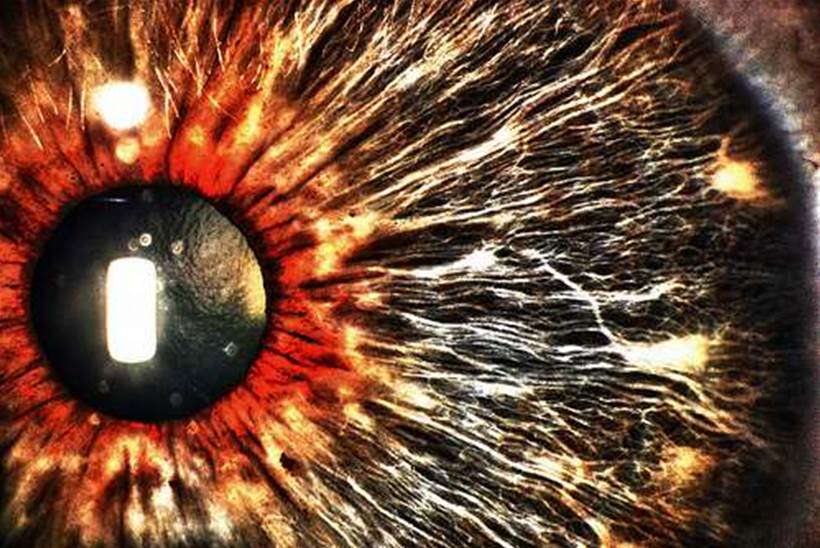The Attorney-General's Department is leading a project to connect Australia’s disparate stores of facial biometric data to assist in the fight against organised crime.
The plan was backed by law enforcement agencies – considered the target users of the service – at a meeting of Attorneys-General and police ministers from the Commonwealth, states and territories on May 22.
However, the department’s national security and criminal justice group deputy secretary, Katherine Jones, told Senate Estimates last week that the department is not trying to create a new central database of Australians’ biometric data.
Rather it is working on a “hub and spoke” model that leaves data where it is but makes it searchable via the “hub” interface.
“The hub is essentially … an ability to connect in real time to check the identities,” Jones said.
“It is not a database as such where these identities will be held. The identities are still in the holdings of the agencies that provide them.”
Jones confirmed the department wanted to connect facial biometric stores held for passports (federal) and driver’s licenses (administered by the states and territories).
“[That] will require amendment of state and territory legislation, because obviously their legislation covers the issuing of their identity facial biometric material, whether it is driver’s licenses or anything else,” Jones said.
However, she believed no changes would be required to Commonwealth laws to allow the facial recognition hub to operate.
“Our current assessment is in terms of the Commonwealth [that] we may not have to make any legislative provision for it, because it relates to material that is already collected under legislative provision, say, the Passports Act,” Jones said.
“Any legal requirements about the use of that facial biometric material will be covered in that original Act, including any privacy limitations.”
It’s not just passport and driver’s license photos: the department is also keen to explore other potential sources of data.
“We have been talking with the Department of Immigration because they have obviously been enhancing their capability at the borders with the SmartGate,” Jones said.
Future iterations of SmartGate are already being mooted that can collect a larger amount of biometrics data.
However, Jones was unsure how SmartGate data could be connected to the hub.
“In terms of the specifics of how they will interact, I think it is subject to discussions but it has not been worked through finally,” she said.
Greens Senator Scott Ludlam raised the prospect of also bringing in CCTV data, but the department indicated this was not presently in its plans.
“There has been a range of discussions with the states and the territories,” Jones said.
“I cannot say that people have flagged that [CCTV] might be something that they were interested in looking at further down the track, but it is not currently envisaged as part of the operating model.”
Hub demand
The national biometrics hub is part of a strategy for 2015-18 to combat organised crime and cybercrime.
Being able to crosscheck biometrics information across a number of Australian databases is expected to enable police “to check the accuracy of that facial biometric material and ensure that it matches up adequately to the names.”
Creating the hub – which has already been allocated federal funding – or a similar capability has been on the cards for some time.
The 2012 national identity security strategy (NISS) raised the prospect of making federal, state and territory biometric stores interoperable.
Such a capability is not just being sought by Australian authorities. Interpol last week sought a single point of contact for biometric data, noting the difficulties it faced presently negotiating “siloed IT across state and federal law enforcement agencies”.









